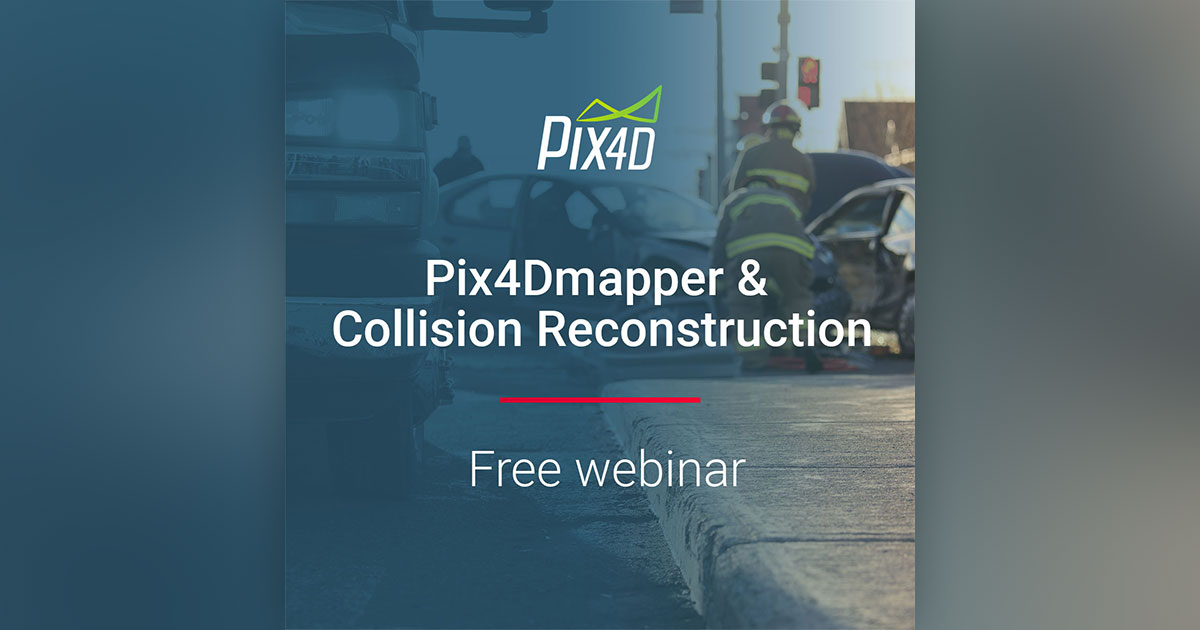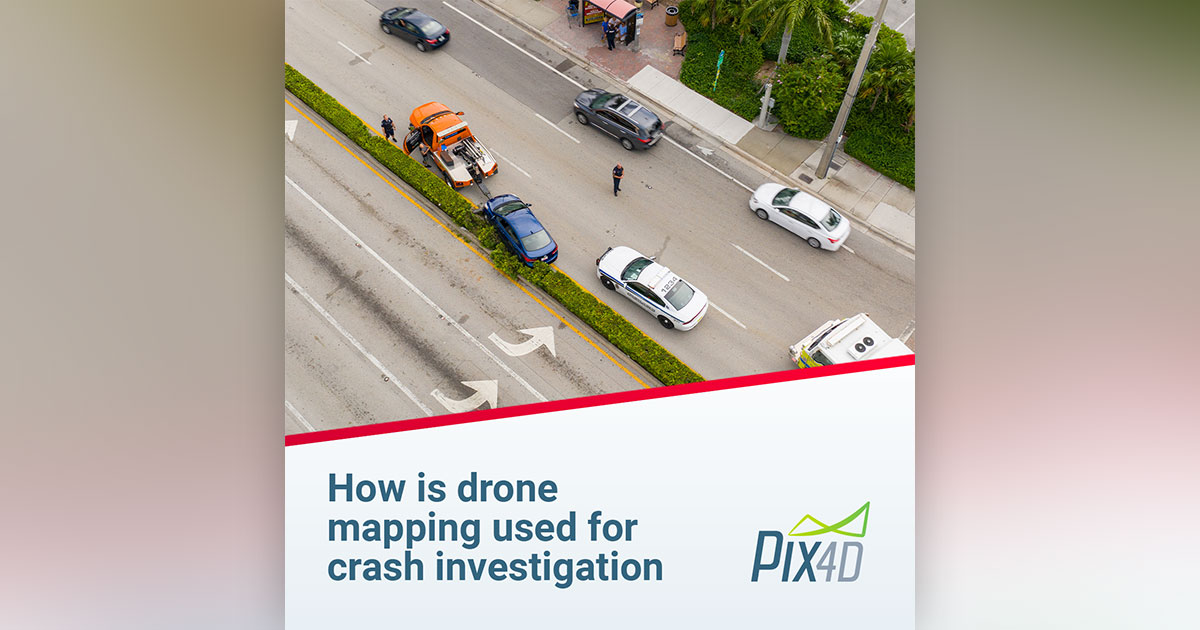- Joined
- Jan 9, 2021
- Messages
- 5
- Reaction score
- 0
- Age
- 36
Hello, I work in Forensics for law enforcement and I am currently establishing policies for our drone missions. Predominantly, we will be using our drones for mapping of large scenes to supplement our laser scan data. With our laser scans, we validate them with an object of fixed and known length; its essentially a pole sitting on a tripod with a target on each end. The known distance between the two targets is about 3.28 ft and we can verify on scene that our laser scanner is working and properly calibrated if the distance measured between the two targets is within our margin of error. Unfortunately, our current equipment is too small for our EVO II to pick up from 100+ feet, so we are looking for something larger.
What are you all using for validation for mapping use? Obviously, we could just measure the distance (by hand) between fixed objects within our scene (paint markings and other physical objects in our scene) but for our purposes, we would like something that would be used in all case work. Not to mention it would be easier and more likely to be measured the same, every time, regardless of the pilot.
We are looking for something portable, as small as possible but still useable at 200 or so feet. Is there anything on the market? I honestly, might just build one, using some threaded pipe and some 1/4" steel with high-vis paint for make shift targets but I would like to see if theres anything out there at a reasonable price before diving in. Thanks
What are you all using for validation for mapping use? Obviously, we could just measure the distance (by hand) between fixed objects within our scene (paint markings and other physical objects in our scene) but for our purposes, we would like something that would be used in all case work. Not to mention it would be easier and more likely to be measured the same, every time, regardless of the pilot.
We are looking for something portable, as small as possible but still useable at 200 or so feet. Is there anything on the market? I honestly, might just build one, using some threaded pipe and some 1/4" steel with high-vis paint for make shift targets but I would like to see if theres anything out there at a reasonable price before diving in. Thanks





